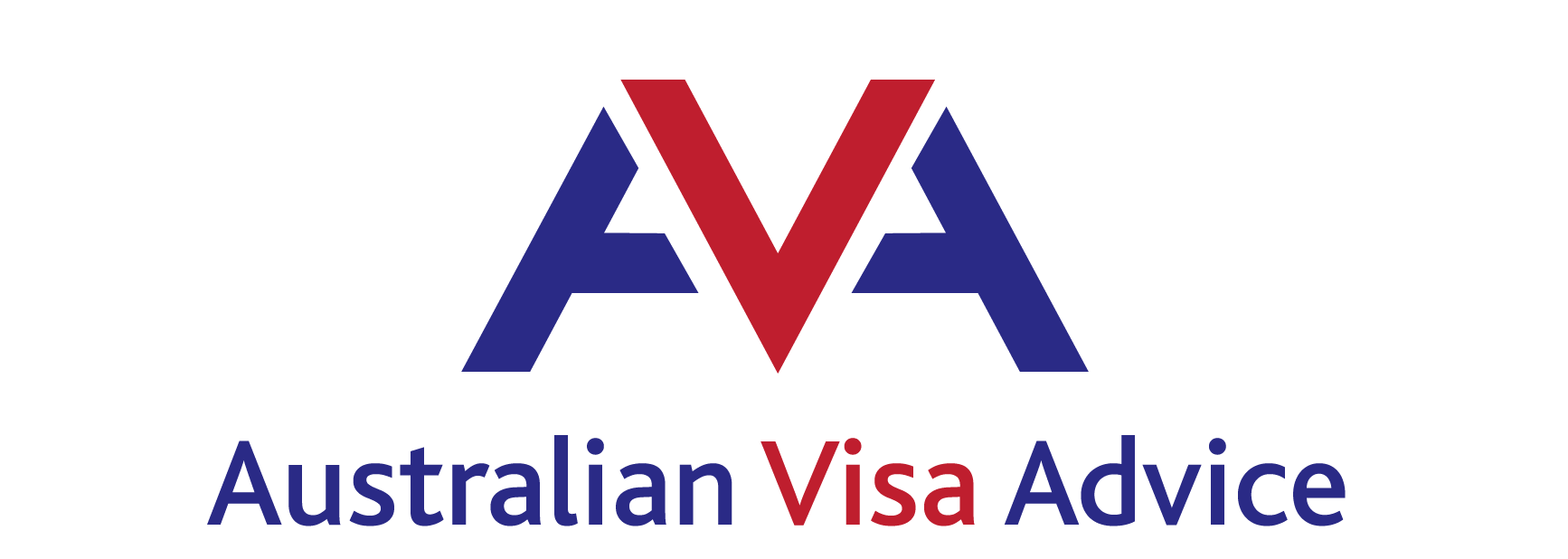Relocating to Australia comes with plenty to organise, and moving your savings shouldn’t be one of the stressful parts. This all-in-one guide from Australian Visa Advice explains how to go about moving money to Australia from overseas, how much you can bring, what it costs, and exactly what you need to open an Australian bank account while you’re still offshore.
Quick takeaways
- No legal cap on how much you can transfer into Australia via banks/remitters.
- Cash of AUD 10,000+ (or equivalent) must be declared when you enter Australia.
- You don’t pay Australian tax just for moving your own savings, but keep records.
- Expect compliance checks (source of funds/wealth) for larger or unusual transfers.
- Opening an Aussie bank account before you land is possible and recommended.
Open your Australian bank account (even if you’re offshore)
Most major banks let you apply online up to 12 months before arrival. You’ll get your BSB and account number now, then complete an in-person ID check after you land (usually within 90 days) to fully activate all features and limits.
What you’ll typically need from overseas
Mandatory
- Passport (photo page scan)
- Visa details (grant notice or application reference)
- Overseas residential address
- Intended arrival date
- Tax residency details for FATCA/CRS (your overseas tax number)
Commonly requested
- Secondary photo ID (national ID or overseas driver’s licence)
- Proof of overseas address (recent utility bill/bank statement)
- Source-of-funds summary if moving larger sums (payslips, property sale, inheritance, business sale)
- Australian contact address (future/temporary) for card delivery (update later)
- Mobile & email (some banks can text overseas numbers; you can switch to an AU number later)
Optional but useful
- Tax File Number (TFN), add now or later to avoid higher withholding on interest
- Initial deposit, you can fund the account via international transfer once opened
What happens next
- Apply & upload documents online.
- Account opened in principle → you receive BSB/account number (you can receive funds immediately).
- Card: collect in branch after arrival or have it posted once you have an AU address.
- In-person ID check in Australia to lift provisional limits.
- Add TFN and update to your Australian mobile/address.
Tips
- Ensure exact name matches (passport ↔ bank ↔ transfer provider).
- Keep digital copies of passport, visa, payslips, and sale docs.
- Ask about non-resident limits and how they change after in-person ID.
- If buying property soon after arrival, do your branch ID ASAP to avoid settlement delays.
Choose how to transfer your money
Bank wire (SWIFT/telegraphic transfer)
- Reliable and familiar. May incur intermediary bank fees and wider FX margins.
Specialist money transfer providers
- Usually sharper exchange rates, transparent fees, fast settlement to your Australian account.
- Often provide rate tools (locks, forward contracts, target/stop-loss orders).
Foreign currency bank drafts/cheques
- Slow and dated, generally avoid.
Cash on arrival
- Risky and usually poor FX value. AUD 10,000+ must be declared to Border Force.
Best practice for large amounts: send a small test transfer to confirm details, then send the balance. For very large sums, ask for a dedicated dealer and discuss locking a rate.
Details your sender will need
- Your full name (as per account)
- Australian bank name, BSB, account number
- Bank address (branch or bank HQ address)
- SWIFT/BIC (if required for incoming wires)
- Payment reference (e.g., “Relocation savings – [Your Name]”)
- Purpose of payment (relocation savings/home purchase)
Compliance: proving source of funds/wealth
To meet AML/CTF obligations, banks and remitters may request documents, especially for large or unusual transfers. Common proofs include:
- Bank statements showing accumulated savings
- Property sale contract/settlement statement
- Payslips, tax returns, business sale contracts, inheritance letters, etc.
Upload early to avoid holds.
How much can I transfer?
- No legal cap on amounts you can transfer via banks/remitters into Australia.
- Provider limits (daily/monthly) may apply; you can usually raise them with extra verification.
- Cash rule at the border: physically carrying AUD 10,000+ (or equivalent) must be declared. This is a border-control rule, not a tax.
Will I pay tax on the transfer?
- No Australian tax just for moving your existing savings.
- Interest earned after arrival is taxable at your resident rates.
- Assets you bring (e.g., shares/property) can have capital gains tax implications from the date you become an Australian tax resident, keep records of values and exchange rates at that time.
- Foreign income after residency (rent, dividends, interest) is generally assessable in Australia, with potential foreign tax offsets.
Keep dated confirmations, exchange-rate notes, and valuations. Speak to a tax adviser for personal advice—especially if you hold investments or plan a property purchase soon after arrival.
Costs & timelines (and how to reduce both)
What it costs
- Exchange-rate margin (the biggest hidden cost).
- Transfer fees (sender, sometimes recipient, plus possible intermediary bank charges on SWIFT).
- Speed costs (faster transfers may carry higher fees).
Typical timelines
- Bank wires: ~1–5 business days.
- Specialist providers: often same day to 2 days once verified.
How to save
- Compare 2–3 providers on the same day; check their rate vs the mid-market rate.
- Ask for fee waivers on larger sums.
- Use rate alerts; consider staggered transfers if FX is volatile.
- For property settlements, coordinate rate locks and cut-off times with your conveyancer and provider.
Property purchases & large one-off payments
- Confirm trust account details with your conveyancer/settlement agent.
- Transfer well ahead of settlement, compliance reviews can add days.
- Keep proof of funds and source-of-funds docs ready for both your bank and provider.
Common pitfalls to avoid
- Name mismatches between accounts and documents.
- Wrong BSB/account number, always send a test transfer first.
- Unexpected correspondent fees on SWIFT, ask your bank to estimate these.
- Last-minute FX decisions, set alerts or pre-book a rate.
- Under-documenting large transfers, upload proofs proactively.
FAQs
Is it better to transfer before or after I arrive?
If your Australian account is open and verified, transferring before or soon after arrival can help secure better rates and ensure you have funds on hand.
Can I hold foreign currency in Australia?
Some banks and brokers offer multi-currency accounts—handy if you still earn/spend in another currency.
What if my home country restricts outbound transfers?
Some countries have exchange-control caps and paperwork. Confirm sending-side rules so your transfer isn’t blocked.
Do I need to tell the ATO that I am moving money to Australia?
There’s no special form for moving savings, but banks/remitters report certain international transactions to regulators. Keep records for your own tax file.
Need tailored help with your visa?
Every move is different – visa class, timing, family needs, health/character checks, and state nomination all matter. Australian Visa Advice can guide you through the right visa pathway, manage document checklists and lodgements, handle bridging visa strategy, respond to Requests for Further Information (RFIs), and keep you on top of health, police, and skills assessments, so your migration stays on track. We can also coordinate timing notes for your tax adviser or conveyancer (e.g., residency start dates for financial planning).
Ready to get started? Reach out to Australian Visa Advice for expert help with visa eligibility, applications, and compliance. (General information only – this isn’t financial or tax advice. Get advice specific to your circumstances.)

